The Global Tuna Alliance has today published independent management advice that calls on a 25% catch reduction to rebuild the overfished Indian Ocean yellowfin tuna (Thunnus albacares) stock in two generations.
The Indian Ocean yellowfin tuna stock is overfished and has been subject to overfishing since 2016. Despite the indications that this stock could collapse as early as 2024, the management measures implemented by the Indian Ocean Tuna Commission (IOTC) have not been effective in rebuilding the stock. Many fleets are not subject to catch reductions and have actually increased their catches; the total catches of yellowfin in 2018 increased by around 9% from 2014/2015 levels despite the management measures calling for an overall reduction calculated to be around 7%.
Yellowfin tuna from the Indian Ocean is popular product, currently sold by most major supermarkets in the Global Tuna Alliance. Retailers and their suppliers have all made firm commitments to source responsible seafood from well managed fisheries. Regrettably, this stock still does not meet these requirements, and we have little confidence that Resolution 19/01 will rebuild the stock.
Nonetheless, prudent decision-making by IOTC delegates at the 2020 meeting[1] can rectify this situation; but time is running out for these decision-makers to act responsibly. To support this, the Global Tuna Alliance retained consultants to review IOTC data on the Indian Ocean yellowfin stock and recommend the level of reduction in catch so as to allow stocks to rebuild in two generations.
This report is now available and concludes that a 25% catch reduction in reference to the 2017 catch levels will be necessary to rebuild the stock in two generations. Three specific proposals on catch reductions are recommended:
- The first proposal recommends a 25% catch cut to all the fisheries which surpassed a set threshold in 2017 or 2018;
- The second proposal keeps the current balance of Resolution 16/01 and its amendments (higher reductions for purse seines, medium reductions for gillnets and longlines and smaller reductions for other gears) but it increases the level of these reductions and decreases the catch thresholds, for which the catch cuts apply, to include more fisheries;
- In the third proposal, a number of catch cuts are recommended for the different fleets taking into account the contribution by each fleet (by weight) to the total catch and the percentage of reduction or increase in their catches achieved in 2017 and 2018 regarding the baseline year 2014.
In all proposals, a 24-25% catch reduction is achieved. These reductions in fishing mortality could be reached either reducing the fishing effort by fleet or implemented a cap in the number of vessels for the large fleets.
Dr Tom Pickerell, GTA Executive Director, said “The recovery of the Indian Ocean stock of yellowfin tuna can only be achieved through the joint effort of all the fleets and countries involved. Not much time is left for Indian Ocean yellowfin tuna, and if no effective measures are implemented in the next couple of years, the stock could crash in less than one generation time, which would be catastrophic for the livelihoods of many fishers and coastal communities in the Indian Ocean.”
Should an agreement between member states, in line with advice from the scientific committee, prove impossible in 2020, then individual supply chain members will be forced to re-evaluate their purchasing decisions.
[1] The 24th session of the IOTC, already postponed to 2nd-6th November due to the impacts of COVID-19, will now take place electronically following the withdrawal by the Government of Indonesia as host of the meeting due to the ongoing pandemic.
